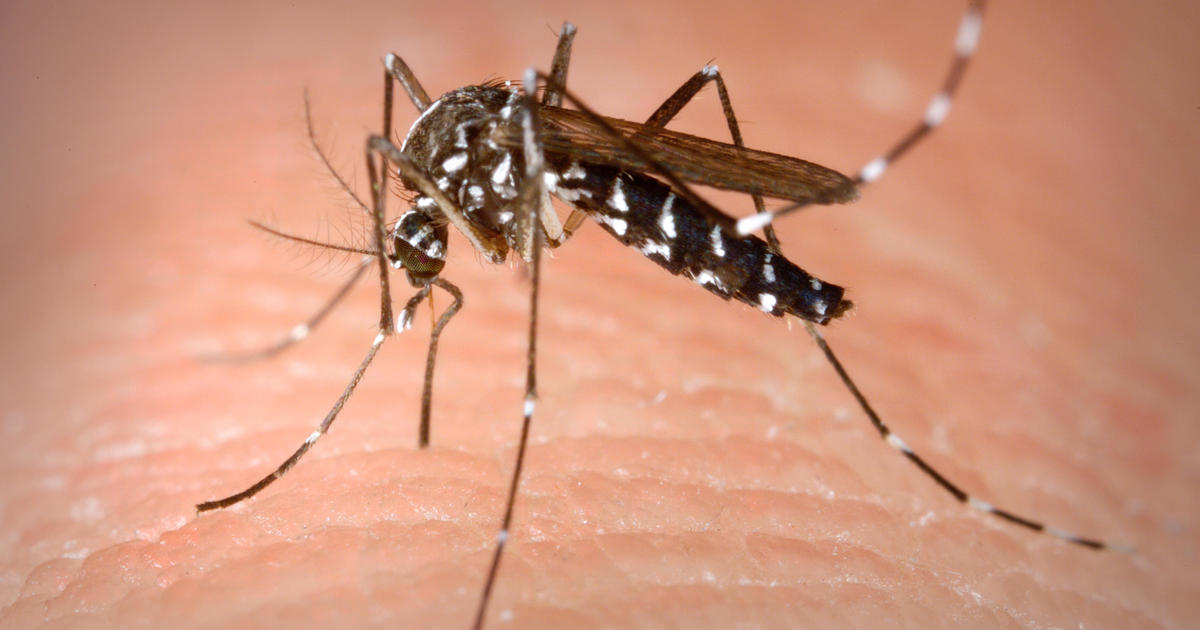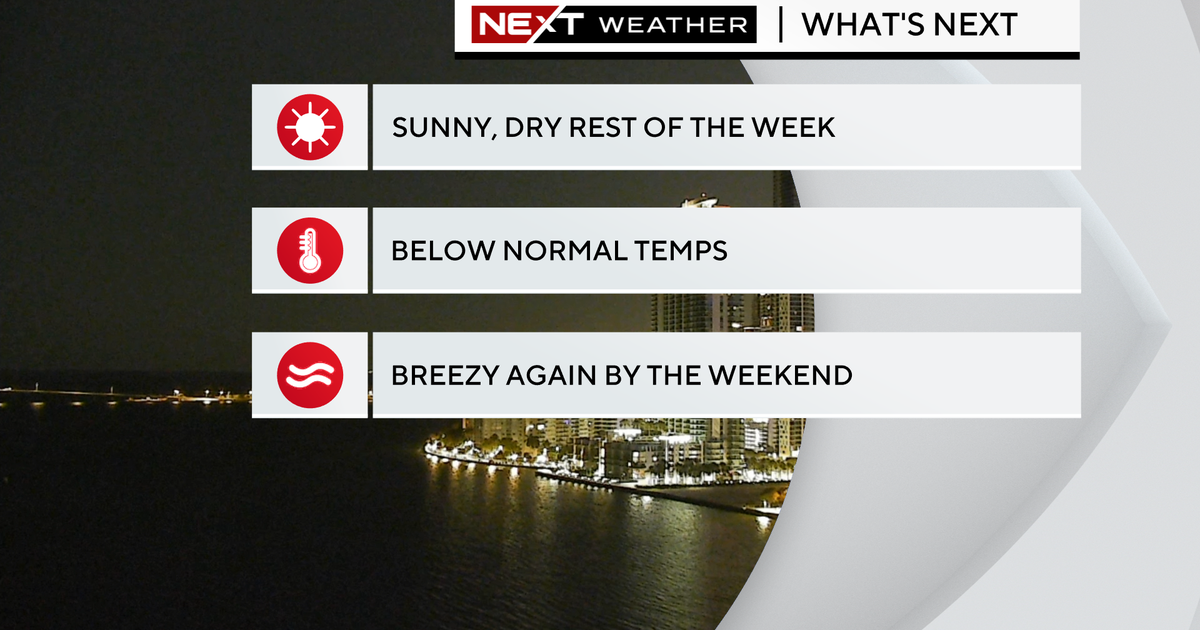Look To The Sky! Annual Lyrid Meteor Showers Peaks On Thursday, Earth Day
MIAMI (CBSMiami) - The annual Lyrid meteor shower peaks this week so get ready to look up South Florida.
It's known as the meteor shower that breaks the "meteor drought" from January to mid-April and this year it will peak on the morning of Earth Day, April 22nd. The meteor shower will begin to pick up the Monday night and peak Thursday the 22nd. Friday night may be good too.
As with every meteor shower, the best place and time to view the show is a dark area after midnight.
Unfortunately, the moon will be interfering with the shower this year. By the middle of the week, the moon will be bright, but at least it will set before the pre-dawn hours. If you find a spot and want to stay up late (or get up early) enough then the sky should be dark for you to potentially view 10 to 20 meteors per hour.
It's not a lot but after months without a shower it something to look for.
Every meteor shower has a radiant point. This is where, if you trace the path of the meteors backward, they seem to appear from. With the Lyrids, they seem to radiate from the constellation Lyra the Harp which contains the bright star Vega. This constellation will rise each night just after nine o'clock and rise high in the sky. After midnight it will look like it's almost overhead. It's from Vega's constellation Lyra that the Lyrid meteor shower gets its name.
The reason for this meteor shower is from Comet Thatcher (C/1861 G1). Every year in late April our planet crosses this comet's orbital path. The next time the comet will visit our solar system is 2276. Tiny pieces shed by this comet in its orbit will be bombarding our upper atmosphere this week at around 110,000 miles per hour. Look to Lyra, the leading edge of our atmosphere that will encounter this debris, resulting in the Lyrid meteor shower.



